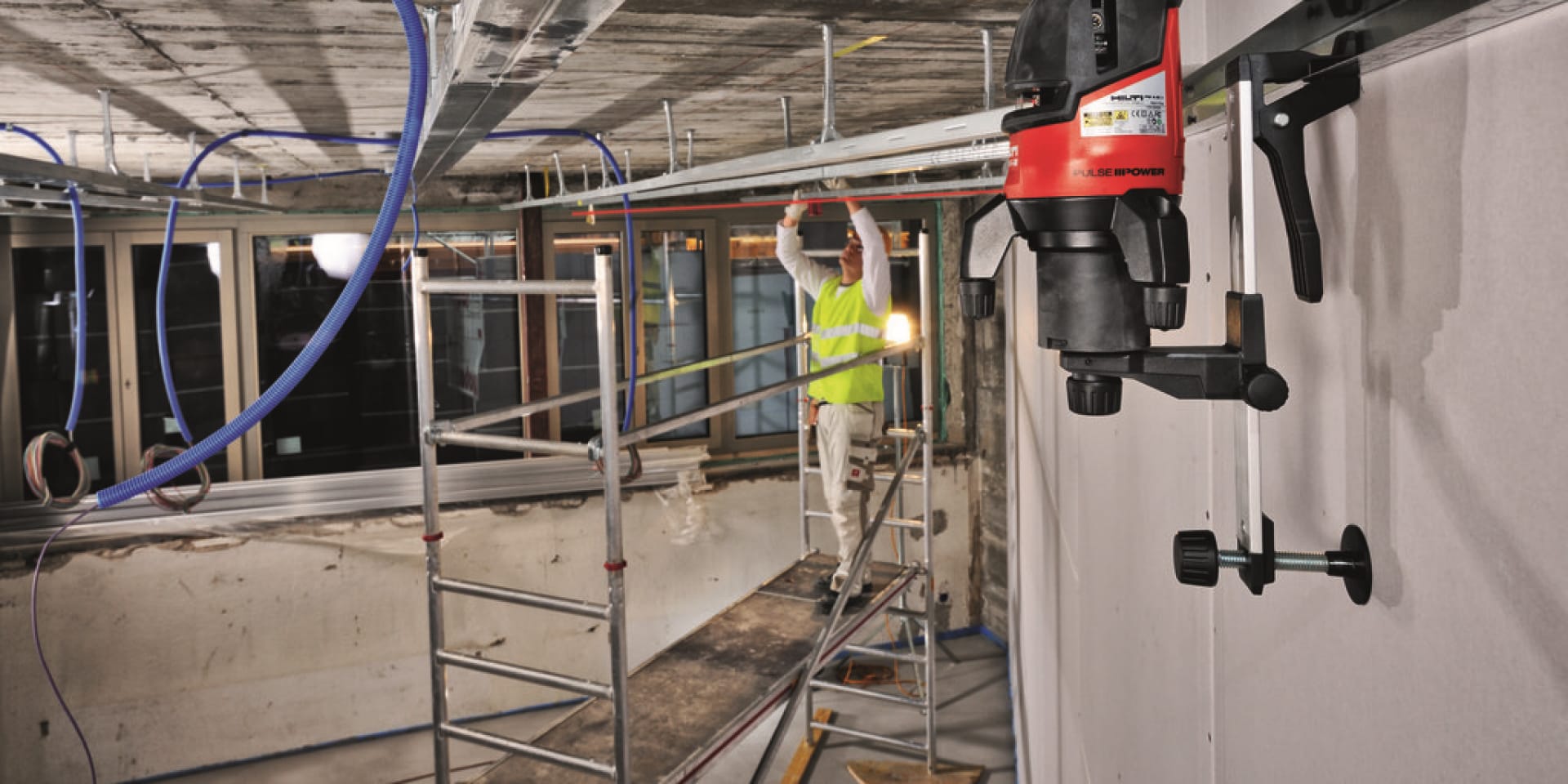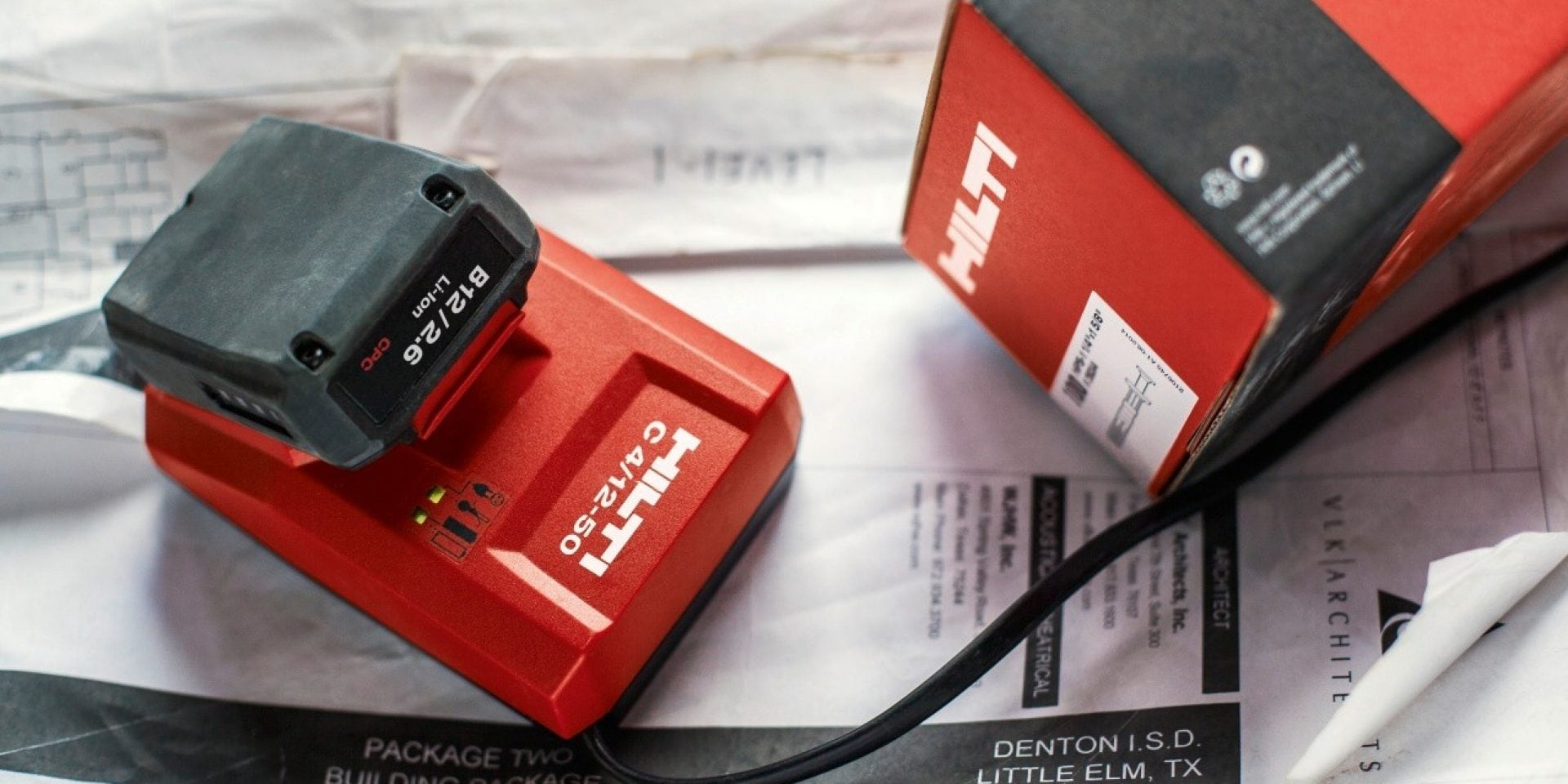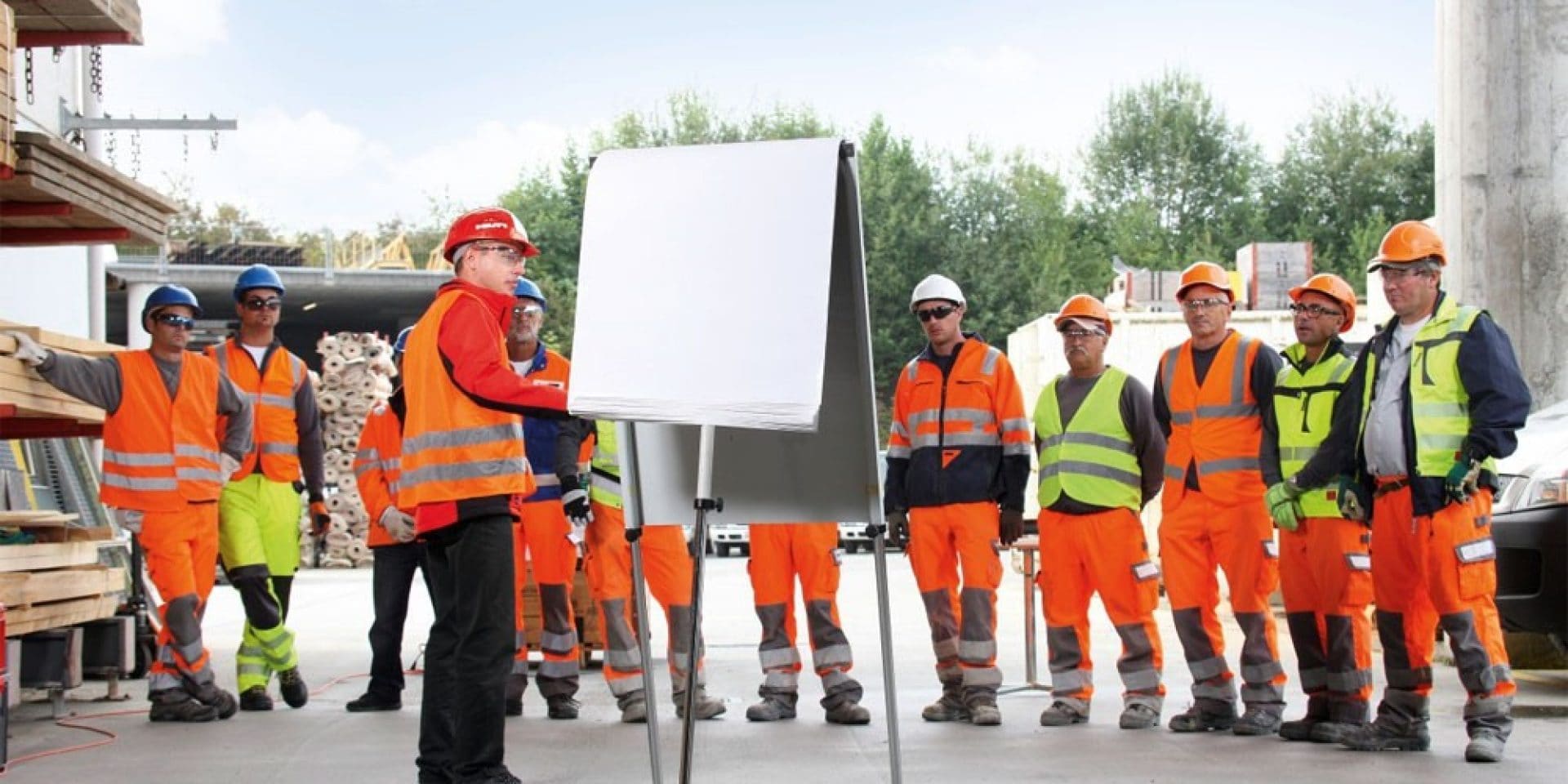3 WAYS TO MINIMISE HAZARDS ON THE CONSTRUCTION SITE
Controlling risk by limiting vibration, dust exposure and flying sparks
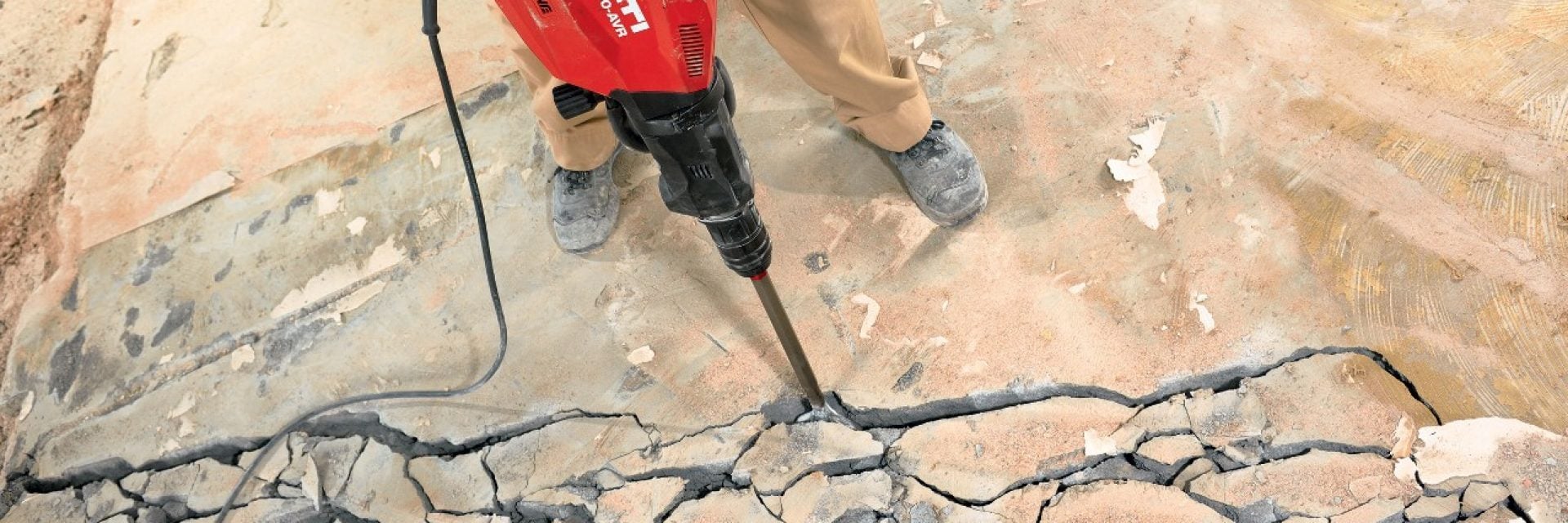
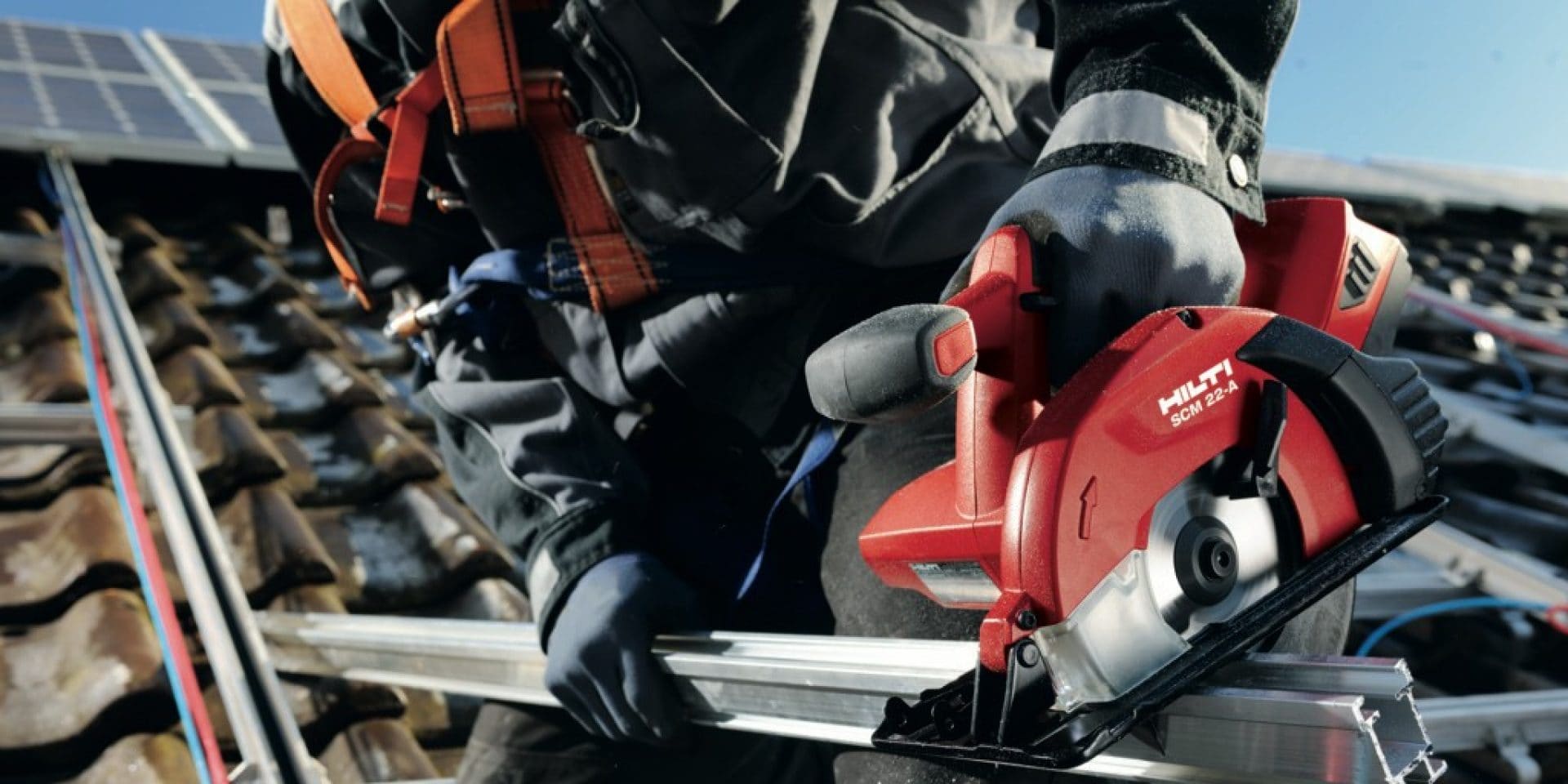
1. Minimising the threat of flying sparks
Even on the safest projects, there will always be a few jobs on a construction site that are going to be dangerous. A great example of these is the flying sparks caused by cutting metal. These sparks are generated by friction, and if are hot enough, they can result in serious burns.
According to SafeWork Australia's Construction Industry Profile, burns account for roughly 1 per cent of serious injury claims on a construction site. This may not be a very high number of incidents, but the consequences can be severe. Not only can workers get burned, but a stray spark can also cause a fire to erupt. If not contained, this can cause even more severe damage to other contractors, as well as the structure being worked on.
The best way to minimise the impact of flying sparks is to limit them as much as possible with the right tools, and of course to wear appropriate safety equipment - including visors and protective clothing. Hilti's SCM 22-A cold-cut circular saw makes cutting metal even safer. Aside from greater control over the cut itself, cold-cut design limits the amount of sparks produced, while also removing the danger of fillings being projected out into the job site by safely containing debris in a chip collector.
2. Reducing the risk of dust
Another form of flying debris, and a far less obvious one, is dust. In reality, dust is perhaps the most significant threat that workers face on a construction site, with SafeWork Australia reporting that a whopping 69 per cent of reported hazards are airborne irritants. Well over half of these reports are directly related to dust, and it's easy to understand why. On a busy site, dust can be caused by all manner of processes, making the hazard a pervasive one that is hard to pin down and limit.
Unlike flying sparks, the dangers of dust aren't immediately apparent. It won't cause a fire or a sudden injury, but it can have significant impacts after long-term exposure. When dust is continuously being breathed in, the risk of disease increases. This includes everything from asthma to lung cancer, and risk of contracting one of these conditions goes up over time.
The key to remaining safe is to reduce dust at every level of the construction process. This means making sure that airborne particles aren't released into the air in the first place, and a great way to do so is with Hilti's Dust Removal System (DRS) technology. DRS can collect up to 95 per cent of hazardous dust via vacuums and special tool attachments, and also extends the lifetime of your tools by reducing the amount of general wear they'll experience from the same exposure as a contractor.
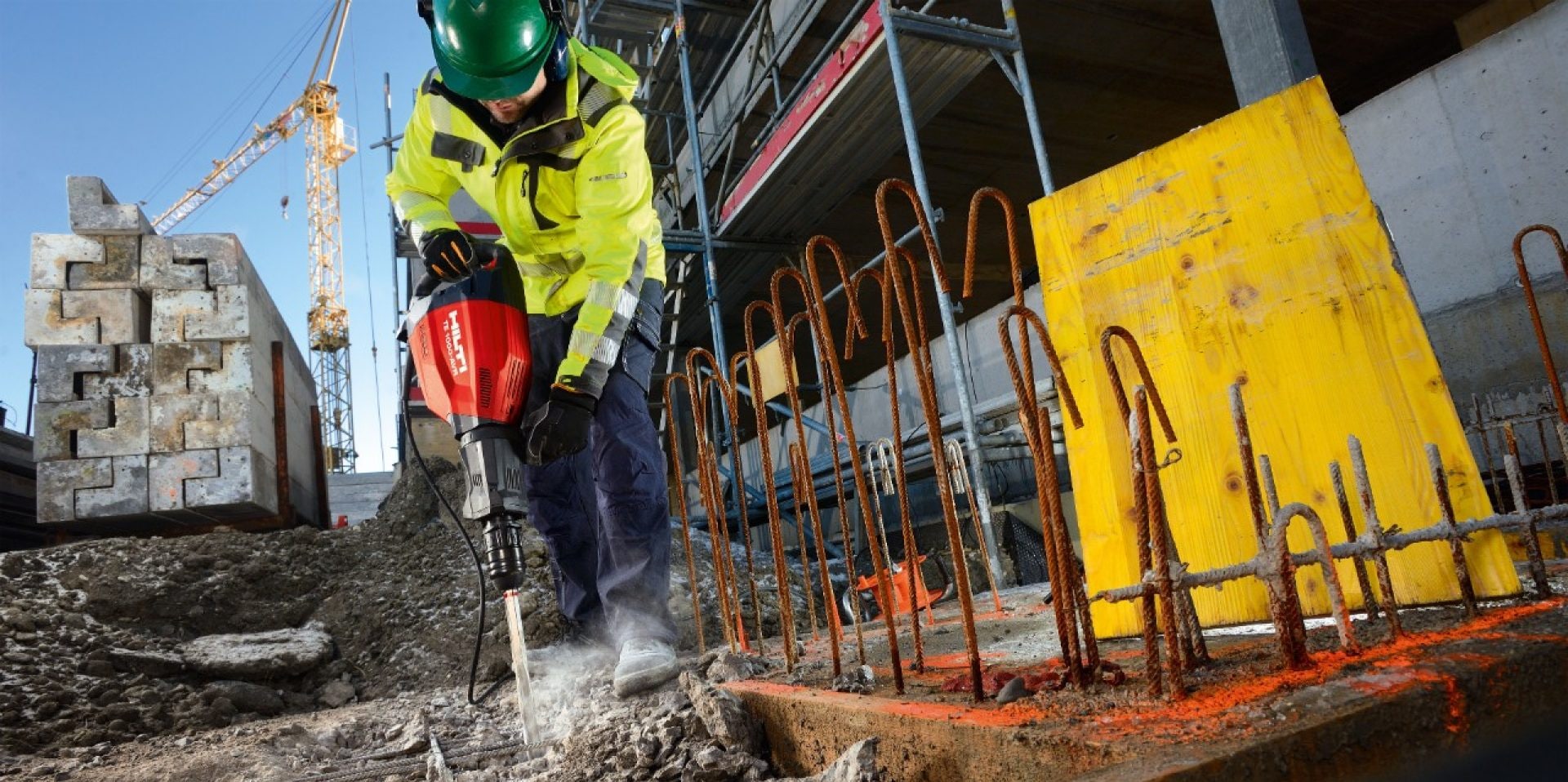
3. Limiting the dangers of vibration
It's easy to visualise dust and flying sparks, but other workplace hazards are far less visible, and just as threatening. The biggest of these is vibration, which behind dust is the second most common disease-causing hazard on construction sites in Australia. Most of this is what's known as hand-arm vibration, which is caused by extensive and excessive use of power tools such as drills, combi-hammers and saws.
It's easy to write off vibration as just another part of the job. After all, it seems like every piece of construction equipment vibrates to some extent. Unfortunately, this isn't just an issue of discomfort, as long-term exposure to vibration can have serious ramifications. These include damage to circulation, loss of sensation, pain, and damage to muscles, bones, and the nervous system.
Here at Hilti, we're committed to reducing the amount of vibration users of our tools are exposed to. That's why we've engineered Active Vibration Reduction (AVR), which makes our equipment up to two thirds less tiring to use. Limiting worker fatigue isn't just good for their health either, it can make them more productive, and ensure that work gets done faster without a drop off in quality towards the end of the day.
Related articles

